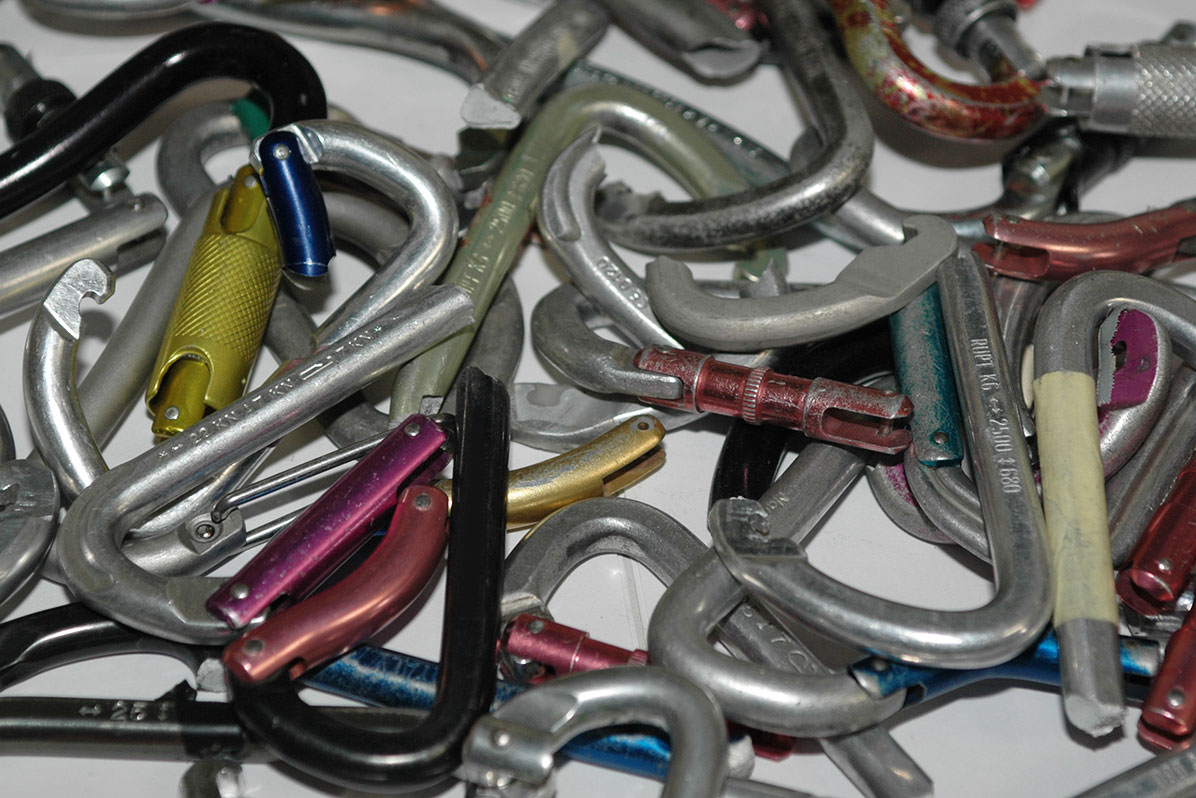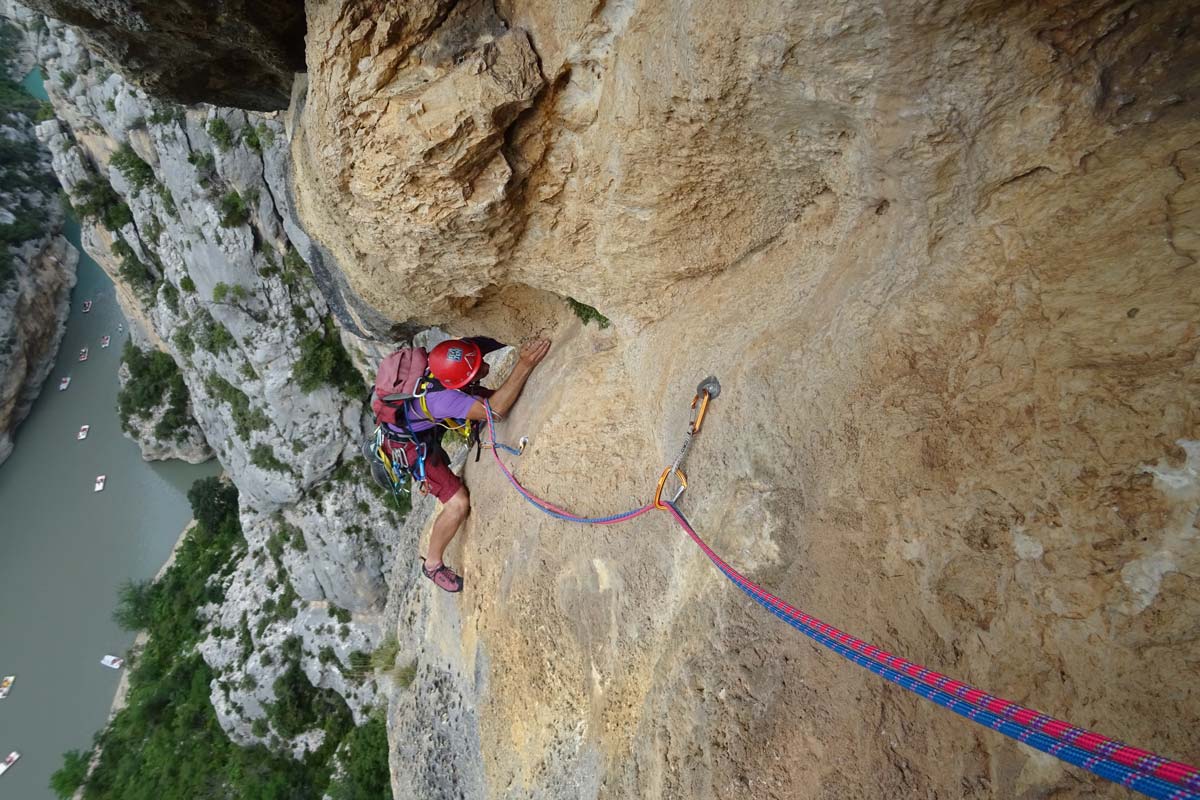The UIAA – International Climbing and Mountaineering Federation – regularly receives questions related to safety topics. The UIAA Safety Commission, with support of other UIAA Commissions and experts, has published a series of articles answering common questions with the objective of making them available to the wider climbing community.
The latest question is:
I have read with great interest your safety advice article about when to retire equipment. But one question I did not see addressed is about dropped carabiners. For example, if a connector is dropped from 10m onto a rock and has no visible signs of damage, should it be retired? Is there a rule around when to retire?
UIAA Safety Commission:
This question raises some additional related questions that should be considered before coming to a conclusion:
1. Should how big a drop be an indicator for retiring an item?
For example, if I drop a carabiner to the ground when clipping it to my harness, that is a 1-meter fall. Surely not an issue? What if my bag falls to the ground from a car roof rack?
2. We need to reiterate that buying second hand climbing gear is extremely risky, because you do not know its full history. Where has it been stored? How many times has it been dropped?
3. Also the importance of the safety standards need to be stressed, so at least you know that when you purchase an item the chance of manufacturing flaws has been minimised, and batch recalls can also be made in the rare cases of a flaw becoming apparent.
The issue of microscopic damage is frustrating. However it is a worthwhile discussion to consider and benefits from a response. There has been discussion among climbers about this for a long time and unfortunately many opinions out there are not based on science.
The material used in carabiners is a complicated. It is strain rate sensitive – so while it could handle a fair amount of strain (distortion) at low speed without cracking, a high-speed impact is much more likely to result in fracture. In other words, an impact from falling a great height onto rock is likely worse than catching a climber’s fall where the rope and other mechanisms spread out the load over time. Aluminium is difficult to inspect with the naked eye for cracks, whether caused by impact or Stress Corrosion Cracking (SCC). Furthermore, aluminium is susceptible to SCC from chlorides. From results analysed by the UIAA, it was shocking how little needed to be present. Read more about the UIAA’s work on corrosion here.
One of the key concepts that we can convey here is that nothing can be guaranteed. It is perhaps better to talk about the risks and the redundancy. A carabiner can very well could get a microfracture from falling. At waist level there are really low odds of it happening, however for example, dropping it from 30m onto granite would have a much higher chance of developing fractures.
Things to consider:
· There is NO guarantee the carabiner is undamaged no matter the dropped height
· Damage is often invisible without dye penetrant, conductivity, or ultrasonic inspection
· Accumulation of suspect carabiners and of potential damage to individual carabiners from multiple drops erodes confidence in redundancy
· Some pieces of gear are more or less redundant than others, and thus tolerate less uncertainty in their strength
· Be wary of buying second hand (used) equipment because you do not know the usage history and not all damage is visible
· The safest choice is always to replace suspect gear
So the rule as to whether to retire a dropped carabiner. The UIAA Safety Commission can only advise on what might be involved in that decision, and remind that the safest choice is to replace suspect gear. Ultimately, climbers need to make their own risk decisions. Read more about the UIAA’s guidance on buying climbing gear.
Ask UIAA SafeCom
To submit a question to be addressed by the UIAA Safety Commission please click here.
Suncream and climbing gear
Rope testing
Half ropes
Bolts near edges
Figure-eight knots
Disinfecting climbing equipment
Static and semi-static ropes
Main photo: Courtesy of Lionel Kiener



